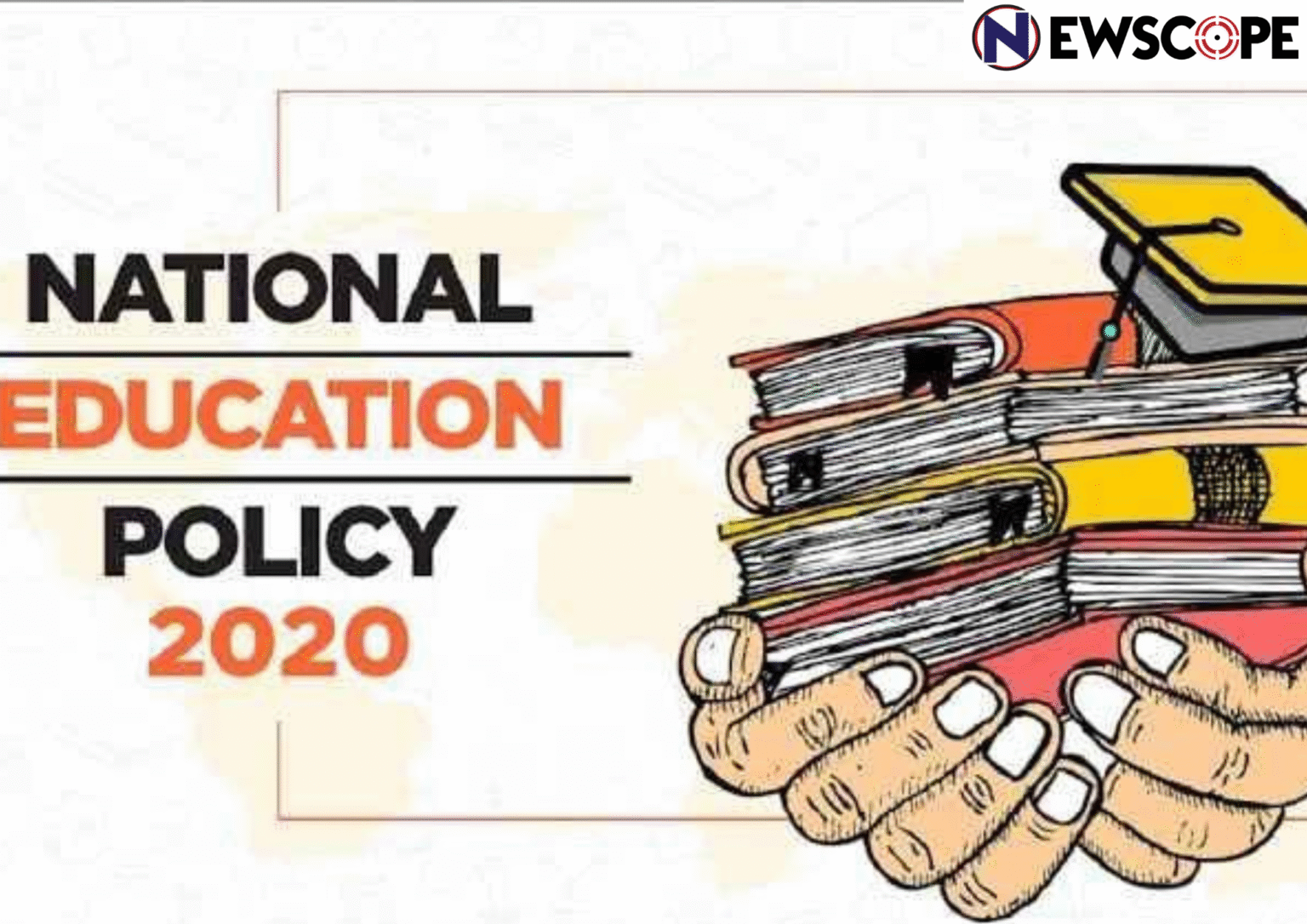It’s been five years since the National Education Policy (NEP) 2020 was launched, promising to reshape the way India learns and teaches. As the country marks this milestone, students, teachers, and parents are reflecting on what has changed—and what still needs to.
One of the most noticeable shifts was the move from the old 10+2 school system to a new 5+3+3+4 format. Now, children begin formal learning at the age of 3, with more focus on play, stories, and hands-on activities. Many urban schools have made the switch, but smaller schools in villages are still working on catching up.
The NEP also encouraged teaching in local languages till Class 5, helping young children learn better in a language they understand. In some states, this has worked well, but in others, parents still prefer English, hoping it will open better job opportunities in the future.
Colleges have started changing too. Students now have more freedom to mix subjects—like studying science along with music or economics with design. The new four-year degree program, which allows students to leave and rejoin their course at different points, is slowly taking shape in central universities and a few private ones.
Online learning has grown a lot since the pandemic. Platforms like DIKSHA and SWAYAM have helped students and teachers access free learning materials. But internet access and devices remain a challenge in many remote and low-income areas.
Teachers are also seeing changes. Many states have introduced training programs to help them adapt to new teaching styles. There’s now a greater focus on helping students think deeply and creatively, rather than just memorising facts.
Five years in, the NEP has made a promising start—but the road ahead is still long. Experts say more support, especially for rural and government schools, will be key to making the policy truly work for everyone.
As India steps into the sixth year of NEP, the vision of a more joyful, inclusive, and practical education system is becoming clearer—one small step at a time.



